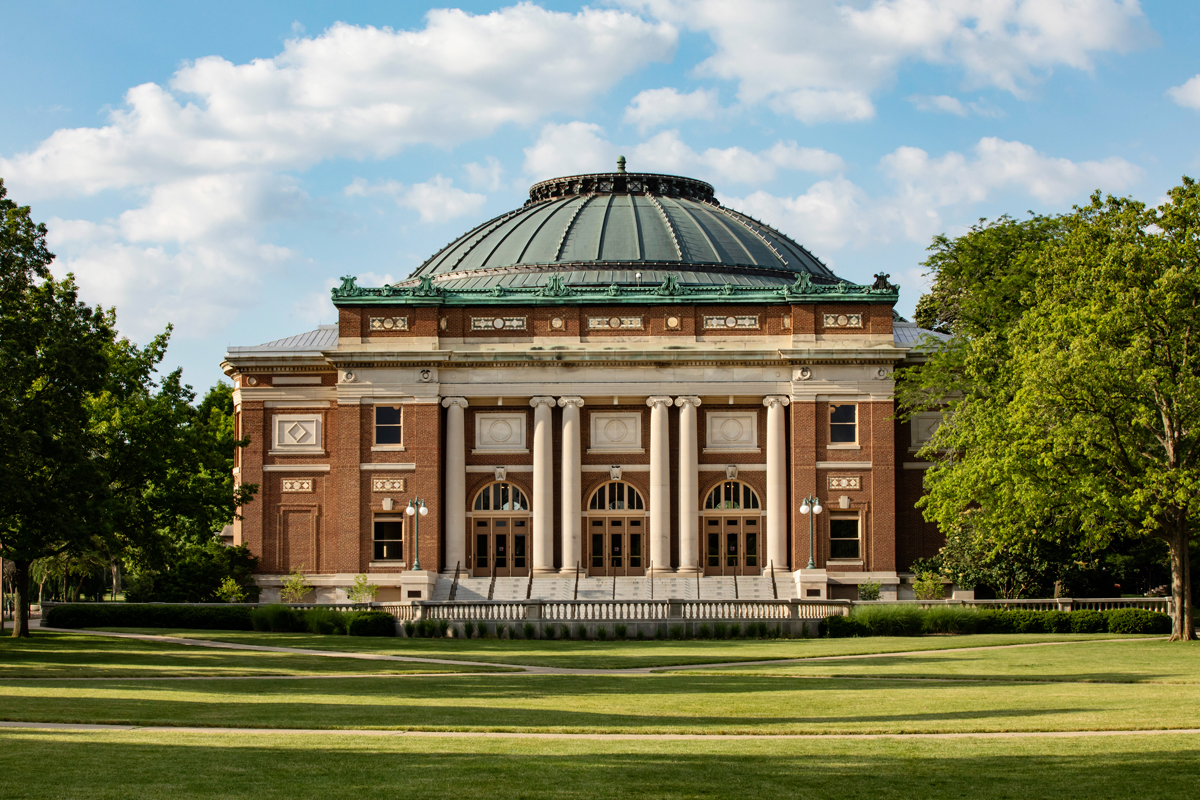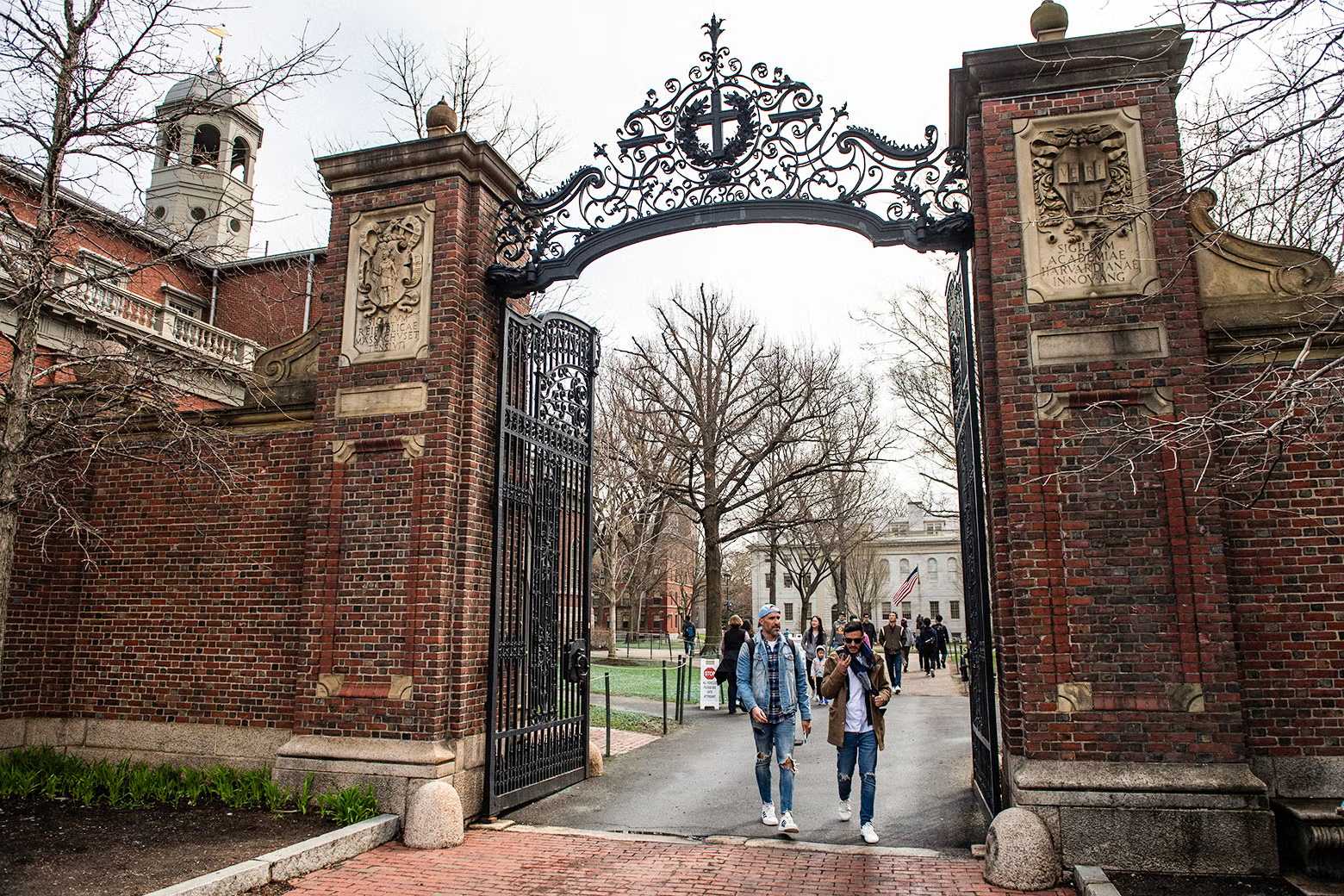A new working paper released by the National Bureau of Economic Research (NBER) reveals that China’s massive college expansion, launched in 1999, has not only reshaped the country’s higher education system but also profoundly influenced the educational and economic landscape of U.S. universities and their surrounding communities. The study suggests that China’s domestic education reform has unintentionally become a major driving force behind the expansion of American higher education.
The paper, titled “The Ripple Effects of China’s College Expansion on American Universities,” was co-authored by Ruixue Jia and Gaurav Khanna of the University of California, San Diego, along with Hongbin Li and Yuli Xu of Stanford University. Drawing on detailed data from China’s college admission quotas and the U.S. Student and Exchange Visitor Information System (SEVIS), the authors analyze how China’s higher education expansion from 1999 to 2015 indirectly affected U.S. graduate education and local economies.
According to the study, China’s college enrollment grew from about one million students in 1998 to 9.6 million by 2020, marking one of the largest expansions in global higher education history. The researchers find that this surge directly contributed to the wave of Chinese students pursuing graduate studies in the United States: for every additional 100 college graduates in China, about 3.6 went on to enroll in U.S. graduate programs. Overall, the expansion accounts for roughly 27% of the increase in Chinese graduate students in the U.S. between 2003 and 2015.
The authors further report that this influx of Chinese students has significantly shaped U.S. universities’ enrollment structures, program offerings, and local economies. As the number of Chinese master’s students grew, American universities launched new graduate programs—particularly in STEM fields. Data show that each additional Chinese master’s student was associated with an increase of 0.26 American master’s students and 0.50 other international master’s students, with the effects most pronounced at large public research universities.
The study attributes this “crowd-in effect” to the substantial tuition revenues and stable funding streams brought by self-funded Chinese students, which enabled universities to expand programs and enrollment. Since most Chinese students in U.S. master’s programs are self-financed, their tuition payments provide an important source of income that helps cross-subsidize domestic students and research activities.
The paper also highlights broader economic spillovers in college towns. Defining a college town as an area where students make up more than 20% of the population, the authors find that increases in Chinese master’s students were associated with a 0.7-percentage-point rise in local net employment growth. The effect, they note, stems largely from rising demand for housing, retail, dining, and services—showing that international education flows can act as an engine for local economic activity.
“This demonstrates a cross-border transmission mechanism of education policy,” said co-author Ruixue Jia. “An expansion of higher education in one country can reshape the academic and economic ecosystem of another. It’s not only about talent mobility—it’s also an economic and knowledge spillover.”
However, the study cautions that this positive cycle faces new uncertainties. Rising U.S.–China tensions, stricter visa scrutiny, and tighter security reviews for STEM students may disrupt this flow. The authors warn that further restrictions on student and work visas could not only reduce the number of Chinese students but also weaken the financial resilience of U.S. universities and slow job growth in college towns.
It should be noted that, according to Open Doors data, the total number of Chinese students in the United States was approximately 65,000 in 2003, about 304,000 in 2015, reached a historical peak of around 380,000 in the 2019/20 academic year, and slightly declined to approximately 290,000 in 2022. Since 2015, more than 50% of these students have been undergraduates. The continuous influx of undergraduate students not only supports tuition revenue but also provides a potential pool of candidates for graduate education, serving as an important pillar for the internationalization and economic sustainability of higher education in the United States.


